Product Description
Produt Description
| Solution Title | Professional Injection Molded Plastic Parts Custom made Plastic Injection Molding |
| Content | Abdominal muscles/PE6/PE66/PVC/Computer/PP/POM and so forth |
| Performance | UV resistance, flame retardant, reduced temperature resistance, flexible/rigid and so forth |
| Software | Industial, electronics and so forth |
| Mold Lifestyle | 100,000-500,000 photographs |
| Mould Cavity | One cavity, multi cavity, based mostly on customer’s request |
| Mold Runner | Very hot runner/ Cold runner |
| Product Floor Treatment method | Painting/ Sprucing/ Laser Carving/ Screen Printing/ UV Printing/ Mirror Finishing/ Electroplated/ Oxidation/ Sand Blasting/ Passivating |
| Injection Molding Capacity | 1-5000g |
| MOQ | Negotiable |
| Packing | Normal export carton packing, or in accordance to customer’s request |
| Parameters | Inch, centimeter, millimeter and many others |
| OEM/ODM | Warm welcome to make contact with us |
| Rewards | Competitive value & Fast Shipping and delivery & Very good high quality |
| Payment Conditions | For mold: fifty% advanceT/T payment, equilibrium will be following you confirm our samples For production: 30%T/T, equilibrium will be soon after gained our B/L copy |
Merchandise Demonstrate
Detailed Goods
PLEASE NOTE:
These merchandise belong to our customers. We just display them to show our potential, not for sale!
Packing
The way of packing is dependent on customer’s prerequisite.
Organization Profile
Our company was proven in 2003. We are oem services maker and trader specialized in study.We are situated in Xihu (West Lake) Dis. County, ZHangZhoug Province, with hassle-free transportation obtain. Our once-a-year product sales value is in excess of USD 800,000.
With more than ten years’ advancement, we have proven solid organization interactions with clients from Western Europe, Northern Europe, South The united states and North The united states.
We can consistently provide high high quality items, sensible costs and the very best services for our consumers. We build and produce many sorts of plastic merchandise.such as vehicle components, machinery fitting, property equipment, digital goods, electric powered equipment, computers, miniature switches, architecture and so on. We can make Injection Molding goods,extrusion molding goods and blow molding items,we create in accordance to clients’ sample or drawing.
We can use many supplies to produce , these kinds of as Ab muscles, PP, PE, PS, PVC, Personal computer, PBT, POM, PET, LDPE, TPE and so on.
If you are intrigued in any of our items or would like to talk about a personalized buy, please come to feel free to speak to us. We are looking forward to forming productive enterprise interactions with new consumers in the in close proximity to future.
Our Positive aspects
Engineering abilities:
- Completely use large overall performance uncooked materials for manufacturing
- Assembled Plastic Components
- Steel part pressed-in or Inserts Plastic components
- Specialty Area Finishes
- Lapping
- 3D printing for consumer design and style testing
- Custom Packaging
- Many further elements are free for customer
- Has a steel areas workshop to offer you metal parts.
Partner:
Our goods have been offered to renowned organizations in China, European and export many international locations, such as the United states, Canada, Germany,the Netherlands,India,Saudi Arabia and so on.
We are warm welcome and we will get treatment for the every single inquiry .we always aimed to trace the customer 1st, top quality 1st!We will pay fantastic attention reply every inquiry.
We are hunting forward to forming productive company relationships with new consumers in the around long term.
You should really feel free to contact us,We imagine we will be your great business associate!
FAQ
one. Who are we?
We are based in ZHangZhoug, China, start from 2007,promote to Southern Europe(20.00%),Domestic Industry(twenty.00%),North The usa(15.00%),Western Europe(fifteen.00%),Japanese Asia(10.00%),Oceania(10.00%),Northern Europe(5.00%),Jap Europe(5.00%),South Asia(.00%),South The us(.00%),Central The us(.00%),Africa(.00%),Mid East(.00%),Southeast Asia(.00%). There are complete about eleven-50 individuals in our workplace.
two. How can we promise high quality?
Constantly a pre-creation sample just before mass production
Usually ultimate Inspection prior to shipment
three.What can you buy from us?
Customized Plastic Injection Molding Areas, Customized Plastic Extrusion Profiles
4. Why must you acquire from us not from other suppliers?
we have a lot more than 10 many years encounter for custom injection molding services &plastic extrusion profiles as customer’s layout or sample
5. What is your general lead time for mould and mass production?
Typically 20-twenty five days for molding ,mass generation based on get qty.
six.If the items we buy from your organization are not of perfected top quality/defective, what can we do?
Pls contact with us freely inside of a week following your got the merchandise.Kindly ship us photos of all the bad merchandise or any proof. Following affirmation, we can substitution/ refund/ deduct the payment from next buy.
| Material: | ABS |
|---|---|
| Application: | Electronics, Automotive |
| Service: | OEM |
| Color: | Custom Color |
| Drawing Format: | Step |
| Process: | Injection Mould Plastic Part |
###
| Samples: |
US$ 1/Piece
1 Piece(Min.Order) |
|---|
###
| Customization: |
Available
|
|---|
###
| Product Name | Professional Injection Molded Plastic Parts Custom Plastic Injection Molding |
| Material | ABS/PE6/PE66/PVC/PC/PP/POM etc |
| Performance | UV resistance, flame retardant, low temperature resistance, flexible/rigid etc |
| Application | Industial, electronics etc |
| Mold Life | 100,000-500,000 shots |
| Mold Cavity | Single cavity, multi cavity, based on customer’s request |
| Mold Runner | Hot runner/ Cold runner |
| Product Surface Treatment | Painting/ Polishing/ Laser Carving/ Screen Printing/ UV Printing/ Mirror Finishing/ Electroplated/ Oxidation/ Sand Blasting/ Passivating |
| Injection Molding Capability | 1-5000g |
| MOQ | Negotiable |
| Packing | Standard export carton packing, or according to customer’s request |
| Parameters | Inch, centimeter, millimeter etc |
| OEM/ODM | Warm welcome to contact us |
| Advantages | Competitive price & Fast Delivery & Good quality |
| Payment Terms | For mold: 50% advanceT/T payment, balance will be after you confirm our samples; For production: 30%T/T, balance will be after received our B/L copy |
| Material: | ABS |
|---|---|
| Application: | Electronics, Automotive |
| Service: | OEM |
| Color: | Custom Color |
| Drawing Format: | Step |
| Process: | Injection Mould Plastic Part |
###
| Samples: |
US$ 1/Piece
1 Piece(Min.Order) |
|---|
###
| Customization: |
Available
|
|---|
###
| Product Name | Professional Injection Molded Plastic Parts Custom Plastic Injection Molding |
| Material | ABS/PE6/PE66/PVC/PC/PP/POM etc |
| Performance | UV resistance, flame retardant, low temperature resistance, flexible/rigid etc |
| Application | Industial, electronics etc |
| Mold Life | 100,000-500,000 shots |
| Mold Cavity | Single cavity, multi cavity, based on customer’s request |
| Mold Runner | Hot runner/ Cold runner |
| Product Surface Treatment | Painting/ Polishing/ Laser Carving/ Screen Printing/ UV Printing/ Mirror Finishing/ Electroplated/ Oxidation/ Sand Blasting/ Passivating |
| Injection Molding Capability | 1-5000g |
| MOQ | Negotiable |
| Packing | Standard export carton packing, or according to customer’s request |
| Parameters | Inch, centimeter, millimeter etc |
| OEM/ODM | Warm welcome to contact us |
| Advantages | Competitive price & Fast Delivery & Good quality |
| Payment Terms | For mold: 50% advanceT/T payment, balance will be after you confirm our samples; For production: 30%T/T, balance will be after received our B/L copy |
Injection Molded Parts – Design Considerations
If you want to produce high-quality Injection molded parts, there are several factors to consider before the design process. These factors include the Surface finish, Material compatibility, and Tooling fabrication. This article will focus on some of these factors. Ultimately, you can save time and money by designing the parts in-house.
Design considerations
 When creating a new part, or updating an existing part, design considerations for injection molded parts are critical. The decisions you make in these early stages of development can have a profound effect on the final product, and they can also have substantial cost and timing implications. In this guide, we’ll explore key design considerations, including how to maximize the efficiency of the injection molding process. We’ll also touch on how to optimize gate placement and parting lines.
When creating a new part, or updating an existing part, design considerations for injection molded parts are critical. The decisions you make in these early stages of development can have a profound effect on the final product, and they can also have substantial cost and timing implications. In this guide, we’ll explore key design considerations, including how to maximize the efficiency of the injection molding process. We’ll also touch on how to optimize gate placement and parting lines.
To ensure a successful injection molding process, part design must balance structural integrity and plastic fill volume. This means creating parts with relatively thin walls that have adequate support and avoid warping or sinking. To do this, injection molded parts often feature ribs or projections to strengthen the walls. However, too thin of a wall can result in excessive plastic pressure and air traps.
One of the most important design considerations for injection molded parts is the direction of the parting line. For many applications, a parting line is obvious, but for others it’s a little less obvious. The first step in designing an injection mold is to determine which direction it should open.
Another critical design consideration is the part’s ejection. If a part isn’t ejected properly, it will stick to the mold. A part that has too many undercuts or ribs will end up stuck on the mold’s side, making it difficult to eject it from the mold. A part that has a draft angle of at least five degrees is much easier to eject.
Another important design consideration for an injection molded part is the type of plastic used. Some plastics do not tolerate undercuts. However, some materials are able to tolerate undercuts of up to five percent. Undercuts are not ideal and can increase the complexity and cost of the injection mold.
Another design consideration for injection molded parts is the radius of edges. Sharp corners can create high molded-in stresses and can lead to failure points. A radius eliminates this stress by redistributing the stress more evenly throughout the part. This also facilitates flow of the material through the mold.
Surface finish
Injection molded parts are often finished with additional processing in order to improve their aesthetic quality. There are a variety of finishing processes, including machining and sanding, which give injected molded parts a particular look, feel, or texture. The surface finish of a plastic part affects both its aesthetics and its functionality. According to the Society of Plastics Industry, certain standards for surface finish are essential to the aesthetics and durability of plastic parts.
Surface finish of injection molded parts depends on the primary design goal. For instance, some designs may need a part to be aesthetically pleasing while others may want to enhance its functionality. Surface texture is often used by designers and engineers to achieve different aesthetic goals, such as improving the product’s perceived value. A textured surface may also help hide imperfections and improve the part’s non-slip qualities.
Surface finish is a critical aspect of plastic injection molding. It can affect material selection, tooling, and other process decisions. It is important to determine the desired surface finish early in the design phase. A skilled plastic injection molder can assist you in making this decision. In addition to determining the finish you need, a skilled molder can help you decide the best material for the job.
The PIA classification system defines four basic grades for surface finish. There are subcategories for each grade. Group A surface finish is smooth, and grade B and C finishes are textured. The former is the most common and economical finish and is most suitable for industrial parts. It can hide deformations and tooling marks, and is the least expensive finish type.
Surface finish of injection molded parts can vary greatly, and can be crucial to the performance and appearance of the part. Some companies prefer plastic parts with a glossy finish, while others prefer a textured surface for aesthetic reasons. While the former may be better for aesthetic purposes, rougher surfaces are often preferred for functional or mechanical parts.
Material compatibility
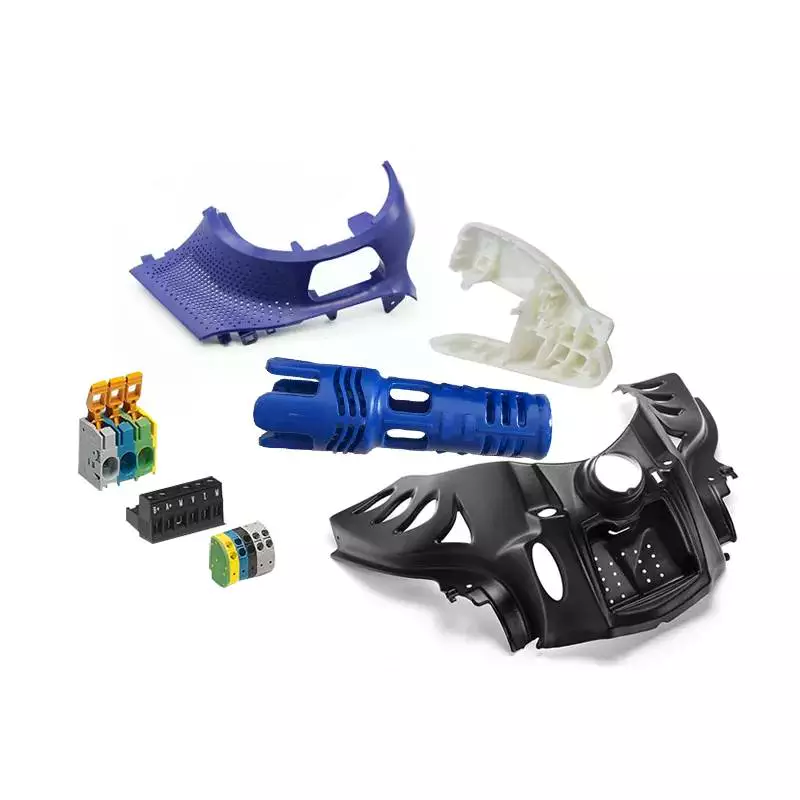 Material compatibility is important for the durability of your injection molded parts. You can use multiple materials in the same part by mixing resins. This is an ideal solution for parts that require adhesion, friction, or wear. Fast Radius can simplify the material selection process, optimize part design, and speed up production.
Material compatibility is important for the durability of your injection molded parts. You can use multiple materials in the same part by mixing resins. This is an ideal solution for parts that require adhesion, friction, or wear. Fast Radius can simplify the material selection process, optimize part design, and speed up production.
ABS is a thermoplastic polymer that can withstand a range of temperatures. Its low melting point means that it is easy to mold, and it has good chemical and moisture resistance. ABS also has good impact strength, and is highly durable. It is easy to recycle. Nylon is another versatile material for injection molding. It can be used for car tires, electrical components, and various apparel.
When choosing the material for your injection molded parts, keep in mind that the type of resin will determine their tolerance. Injection molding is compatible with a wide range of plastic resins. Some materials are more suitable than others for certain applications, and many plastics can be modified with stabilizers or additives to improve their properties. This flexibility allows the product development team to customize materials to achieve the performance characteristics they desire.
Polyamides are another great option for injection molding parts. Both natural and synthetic varieties of these plastics have excellent properties. However, they have some drawbacks. For instance, nylon injection molding is difficult and can result in inadequate filling. However, Nylon injection molding has many benefits, including high impact resistance and heat resistance.
Polybutylene terephthalate (PBT) is a high-molecular-weight polymer with excellent mechanical and chemical resistance. It is a good choice for components in the medical, automotive, and lighting industries. Its low water absorption and low flammability make it suitable for many applications.
Polyurethane (TPU) is another polymer option. It has excellent resistance to abrasion, chemicals, greases, and oils. It also has high temperature resistance, and is suitable for ozone environments. However, TPU is more expensive than TPE and requires drying before processing. Moreover, it has a short shelf life.
Tooling fabrication
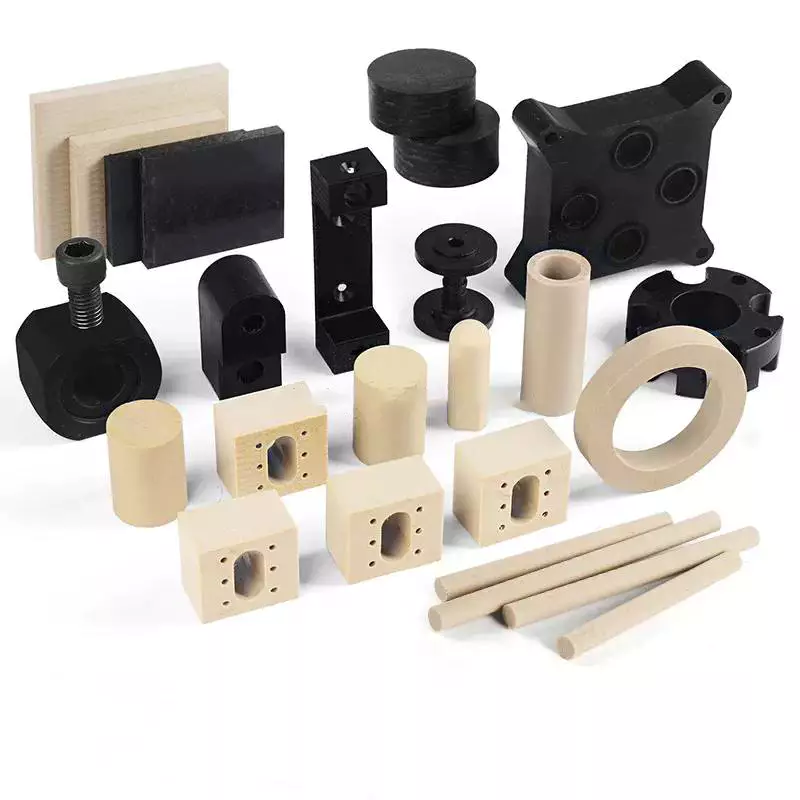 Tooling fabrication for injection-molded parts is an important component of the manufacturing process. The right design of the mold can reduce the cost and time required for a finished product. For instance, choosing the right type of core for the mold can reduce the amount of material used in the part, which is necessary to produce a high-quality product. It is also important to choose a design that is easy to mill into a mold.
Tooling fabrication for injection-molded parts is an important component of the manufacturing process. The right design of the mold can reduce the cost and time required for a finished product. For instance, choosing the right type of core for the mold can reduce the amount of material used in the part, which is necessary to produce a high-quality product. It is also important to choose a design that is easy to mill into a mold.
Injection molding requires a mold with precise geometries. The mold tool must be constructed accurately and carefully to achieve the desired precision. It can be the biggest investment in the manufacturing process, but it is also critical to the success of a project. Large volume and high-precision parts often require more complex tooling, as they require the highest level of precision.
Tool steels typically used for injection moulding include H-13 and 420 stainless steel. Both of these materials are strong enough to produce parts of comparable hardness to wrought parts. These materials have low elongation values, so they are ideal for constructing injection moulding tools. Some of these steels also have excellent dimensional accuracy and are ideally suited for high-precision tool fabrication.
The process of plastic injection molding requires precise measuring and tooling fabrication. The mold must have the proper lead angle and space for the material to deform. Undercuts must be no larger than 5% of the diameter. Moreover, the injection molded part should be free of stripping or undercuts. Ideally, it should have a lead angle of 30o to 45o.
Various plastics can be used in the process of injection molding. The process can be used to produce cosmetic and end-use parts. Materials used in the molding process include silicone rubber and thermoplastics. If the part requires additional reinforcement, it can be reinforced with fibers, mineral particles, or flame retardant agents.
Increasingly advanced technologies have streamlined the process of tooling fabrication for injection moulded parts. The process has improved with the use of computer aided design, additive manufacturing, and CNC lathes. Approximately 15% of the cost of a finished injection molded part is spent on tooling fabrication.

editor by czh 2023-01-19
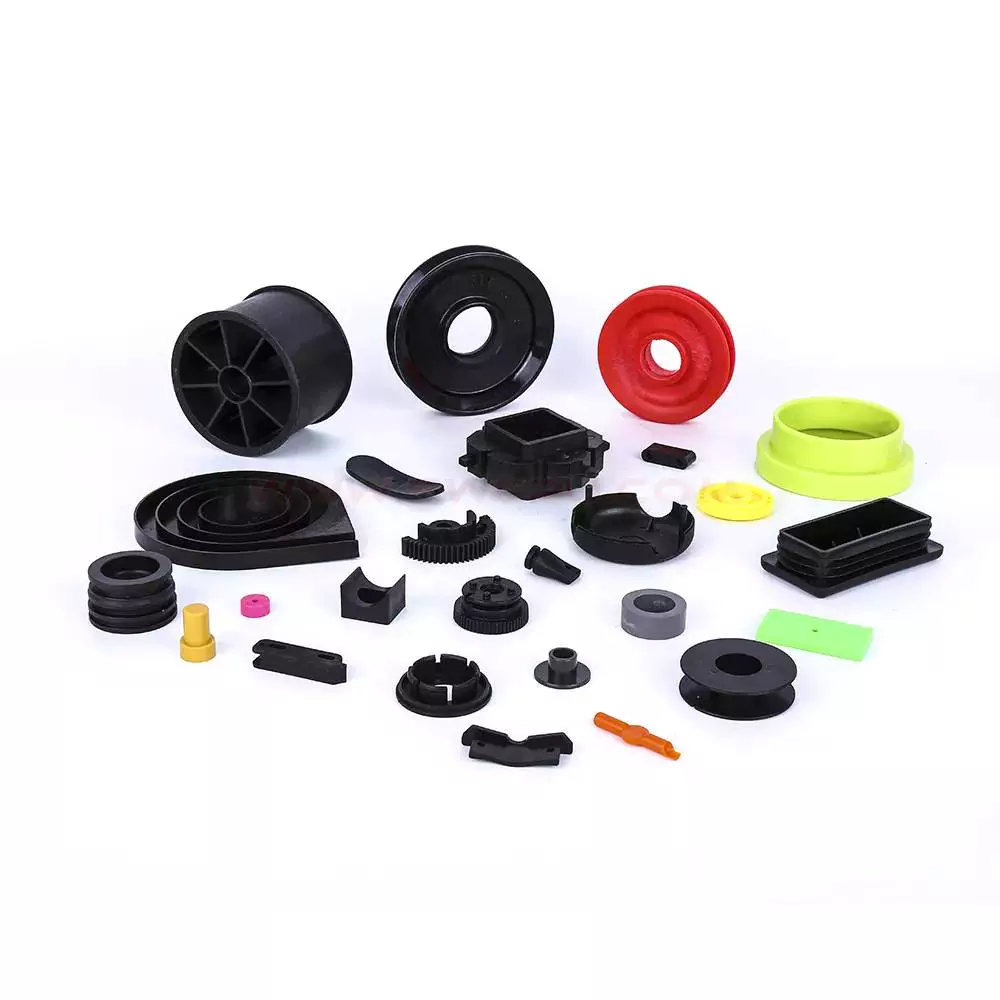 Injection molding is the process of manufacturing plastic parts. It uses thermoplastic, thermoset, or elastomers to manufacture components. The range of materials is enormous and includes tens of thousands of different polymers. They are blended with other materials and alloys to produce a wide range of properties. Designers select the appropriate materials for the job based on the properties and functions desired in the finished part. During the mold design process, mold materials must be carefully chosen, as different materials require different molding parameters.
Injection molding is the process of manufacturing plastic parts. It uses thermoplastic, thermoset, or elastomers to manufacture components. The range of materials is enormous and includes tens of thousands of different polymers. They are blended with other materials and alloys to produce a wide range of properties. Designers select the appropriate materials for the job based on the properties and functions desired in the finished part. During the mold design process, mold materials must be carefully chosen, as different materials require different molding parameters. When designing an injection molded part, it’s important to consider the corner radius. Sharp corners will create more stress, and this will lead to weak spots and cracks. Creating a radius around the corner helps distribute stress evenly and allows easier material flow and part ejection. Additionally, sharp corners in a mold can collect contaminants and create defects, including surface delamination.
When designing an injection molded part, it’s important to consider the corner radius. Sharp corners will create more stress, and this will lead to weak spots and cracks. Creating a radius around the corner helps distribute stress evenly and allows easier material flow and part ejection. Additionally, sharp corners in a mold can collect contaminants and create defects, including surface delamination. Draft angles are an important part of design for injection molded parts. These angles are necessary because friction occurs on surfaces that come into contact with the mold during the molding process. A part with a simple geometry would only require a single degree of draft, but larger parts would need at least two degrees.
Draft angles are an important part of design for injection molded parts. These angles are necessary because friction occurs on surfaces that come into contact with the mold during the molding process. A part with a simple geometry would only require a single degree of draft, but larger parts would need at least two degrees.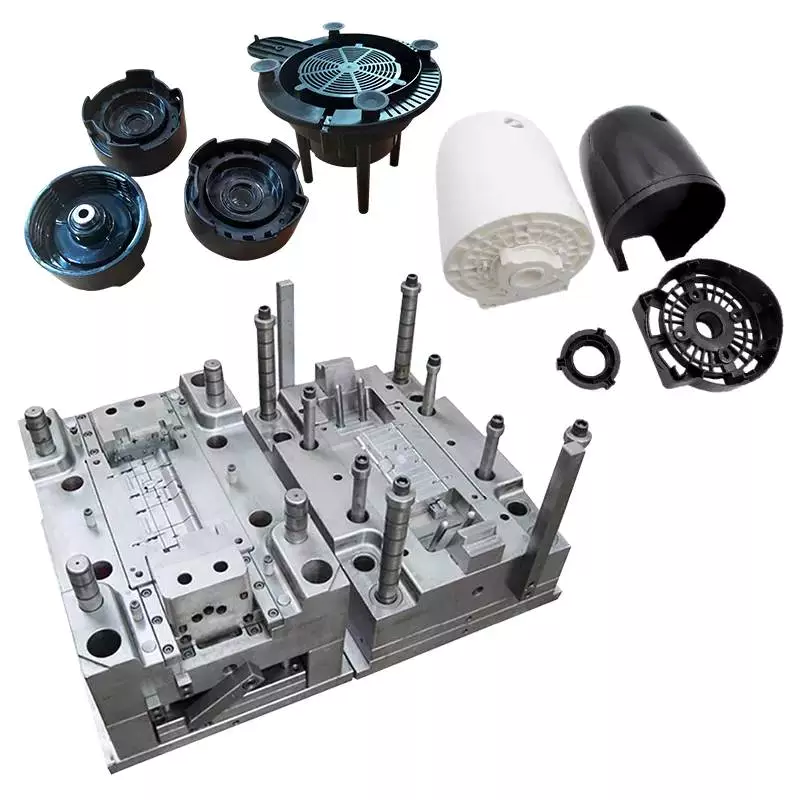 There are many factors that contribute to the cost of injection-molded parts, including the material used for the mold and the complexity of the design. For example, larger parts will require a larger injection mold, which will cost more to manufacture. Additionally, more complex parts may require a mold with special features. Mold makers can advise you on how to design your part in order to reduce the overall cost of an injection-molded part.
There are many factors that contribute to the cost of injection-molded parts, including the material used for the mold and the complexity of the design. For example, larger parts will require a larger injection mold, which will cost more to manufacture. Additionally, more complex parts may require a mold with special features. Mold makers can advise you on how to design your part in order to reduce the overall cost of an injection-molded part.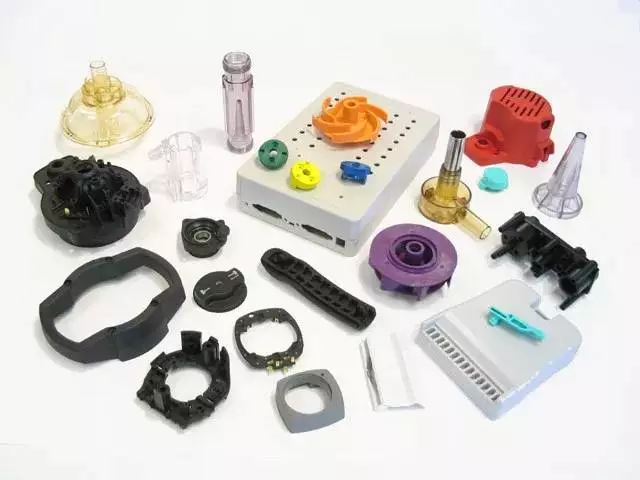 To get the best results from your injection molded parts, you must ensure that they meet certain design factors. These factors can help you achieve consistent parts and reduce cost. These guidelines can also help you to avoid common defects. One of the most common defects is warping, which is caused by the unintended warping of the part as it cools.
To get the best results from your injection molded parts, you must ensure that they meet certain design factors. These factors can help you achieve consistent parts and reduce cost. These guidelines can also help you to avoid common defects. One of the most common defects is warping, which is caused by the unintended warping of the part as it cools.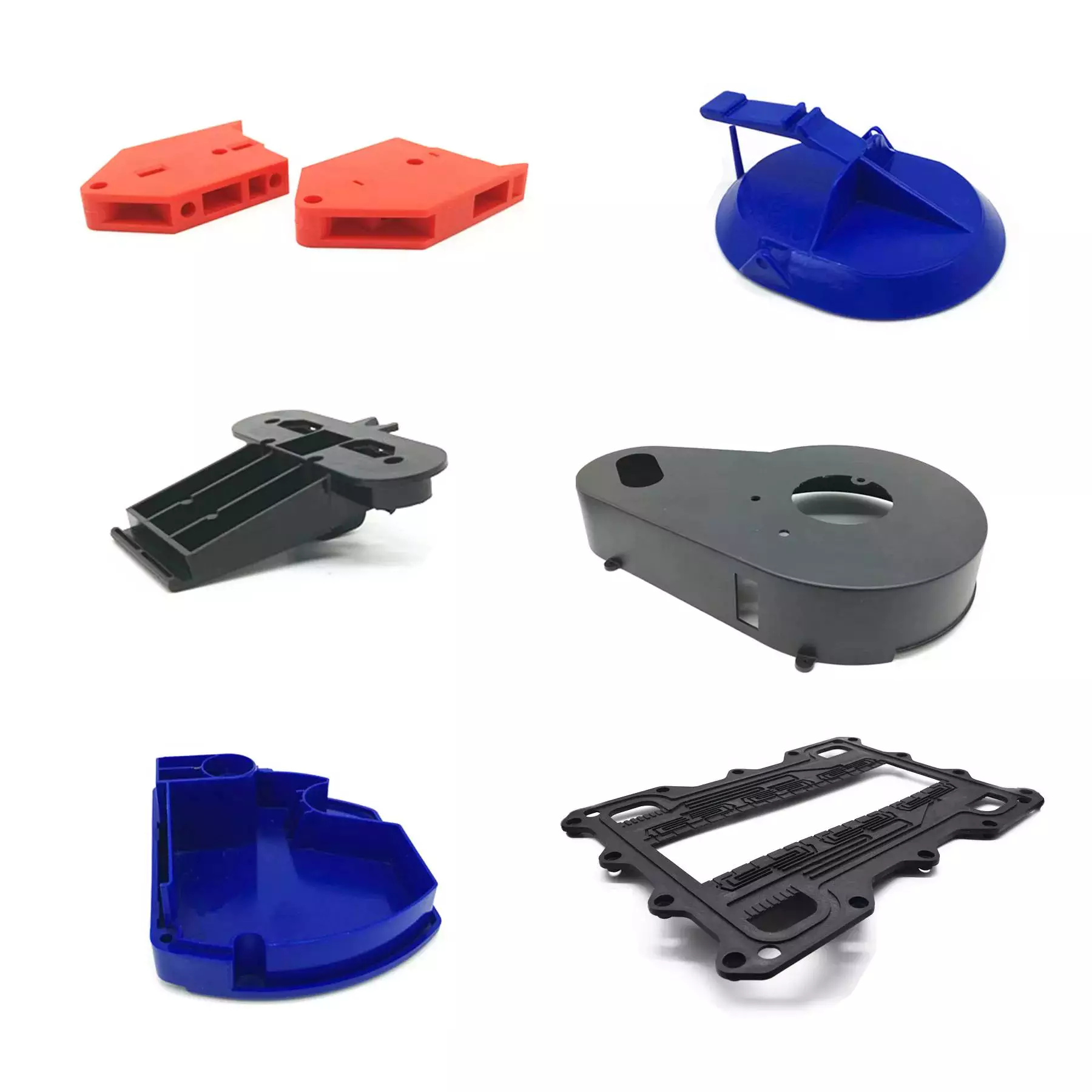 Overhangs are areas of extra material that surround the surface of an injection molded part. This extra material is typically made of inexpensive material that is edged or glued on the part’s surface. The overhang material can be easily separated from the blank using a simple cutting process.
Overhangs are areas of extra material that surround the surface of an injection molded part. This extra material is typically made of inexpensive material that is edged or glued on the part’s surface. The overhang material can be easily separated from the blank using a simple cutting process.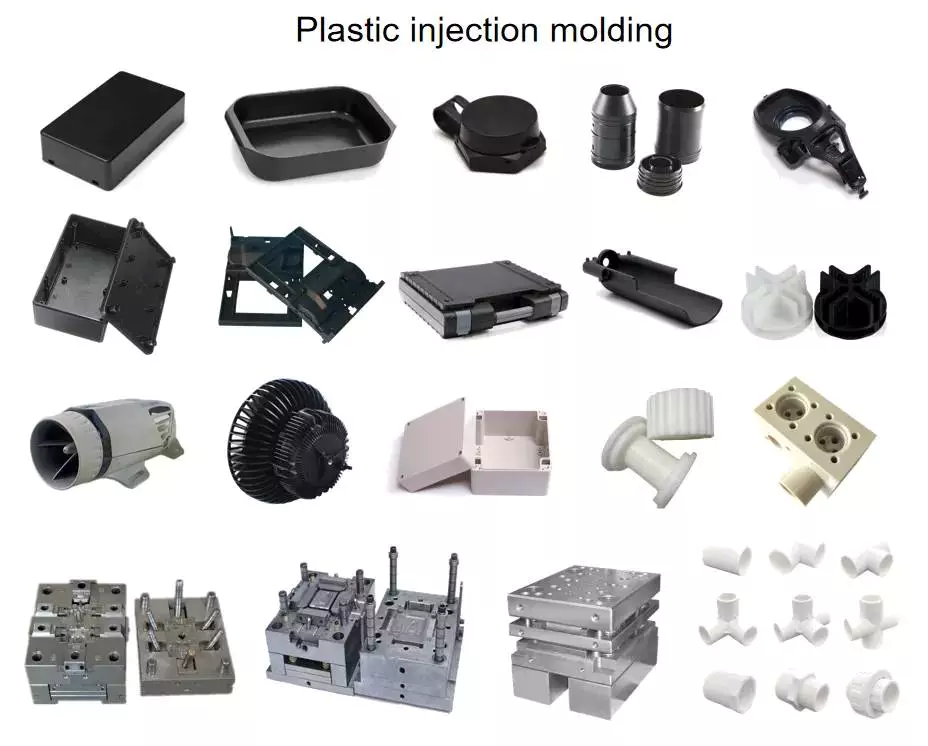 When designing injection molded parts, it is imperative to keep in mind their manufacturability. Injection molding allows for complex geometries and multiple functions to be combined into a single part. For example, a hinged part can have a single mold that can produce two different halves. This also decreases the overall volume of the part.
When designing injection molded parts, it is imperative to keep in mind their manufacturability. Injection molding allows for complex geometries and multiple functions to be combined into a single part. For example, a hinged part can have a single mold that can produce two different halves. This also decreases the overall volume of the part.